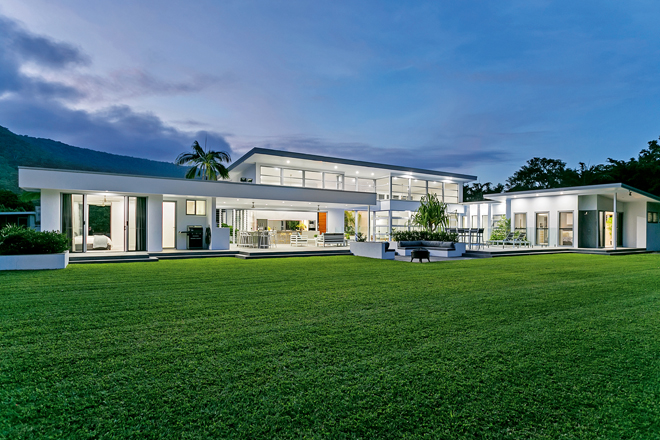Personal taste, lifestyle, architecturaldetailing … these and myriad otherfactors go into the mix when selectingthe perfect decorating style
Deciding which decorating style will best suit your home is not simply a matter of trying to replicate the look of that luxury Oriental-style hotel suite you fell in love with during your last overseas sojourn. Nor is it a matter of simply saying “I live by the sea so it’s a marine theme for me!”
The path to choosing a style is a long and winding one, taking in a great many variables, among them lifestyle, family, climate, budget, layout and the architectural period of the house.
Of course, this isn’t to minimise the importance of following your own personal sense of style and of factoring in your emotional responses to different looks and decorating themes.
Determining your style and preferences for interior decoration can be a fairly instinctive thing. For most of us it involves working out exactly what we don’t like as much as it involves understanding and exploring what we do. It can also be an evolutionary process as our circumstances, needs and tastes change with time. As we mature, the style that suited us when we were in our 20’s will usually evolve to a more comfortable, practical and familyoriented look in our 30’s and 40’s, which may change again as we move into our 50’s and 60’s.
Our style can also be determined and influenced by many other external forces, such as the structure and period of the place we call home, be it a 1930’s Californian bungalow, a 21st century inner-city apartment block, a turn-ofthe- century weatherboard cottage or a 1980’s brick-and-tile house in the suburbs. Our lifestyle and the size of our family, our income, the climate and surrounding geography, the heirloom furniture that has been bequeathed by family members, the modern art we have collected so assiduously over the years — all of these things will have some impact on how the interior of our homes will look and how we approach the issues of decorating them to create the most welcoming and comfortable environment possible.
Of course, you can take the unpredictable approach and decide, despite the fact that your 1940’s timber cottage sits right on the beach, that you are going to dress it with Victorian antiques and wallpapers. Or, at the other end of the spectrum, you may decide to cover the interior walls with thick plaster rendering and opt for the paredback, modern minimalist look. However, practicality would suggest that, given the heat and salt-laden winds that go hand in hand with coastal locations, it would not be too long before the sea air and sand would start to take their toll on Victorian mahogany and gilt just as they would on the city-sophisticate look of stainlesssteel and wood veneer cabinetry.
Sometimes, going against the period and architectural style of the building will work, and there are plenty of chic, cosmopolitan examples of modernist, urbane interiors created inside turnof- the-century (or earlier) buildings to be found throughout our capital cities.
However, even in these instances, the architectural and structural detailing of such buildings will play a dominant role in determining colour choices and the placement of furnishings, even if the period appointments have been overlooked to achieve an ‘old meets new’ contemporary interior style. Decorating this way requires confidence and skill in equal measure, so it usually pays to call on the services of a professional interior designer lest the end result end up looking disjointed, even incongruous.
For those who delight in cosy quarters and who have a passion for collecting wares of every and all description, a pristine minimalist style would make as much sense as filling your seafront holiday home with clutter and fragile collectables typical of the Victorian era.
Therefore, understanding your own personal preferences and passions is always a desirable starting point to working out what style of dècor is going to best suit your home — and last the distance.
Then there’s the amount of money you have to spend. For some people, chosen style necessitates a big budget.
Original tapestries, unique artworks, custom-designed furniture and stateof- the art home theatre systems don’t come cheap! For most of us, however, the way we decorate is commensurate with how much we have to spend, and the truth is you don’t need a fortune to make your home look sensational. All you need is inspiration, skill and lots of ingenuity to work out how to achieve the look and style you’re after without spending beyond your means.
An authentic Amish quilt might just be the needed touch for your colonial American country living room, but if you can’t afford the thousands of dollars needed to buy it, you can easily create your own at a fraction of the price. Elegant drapes over a corona in the bedroom might be just the thing you need to create the look of a Scandinavian boudoir, but calico edged with gold fringe can do an equally good job, and at a price that will be much less than that of brocade or silk.
Necessity is, indeed, the mother or invention, meaning the pursuit of your chosen style might see you acquire the skills to sew, embroider, paint, or handle a jigsaw, but remember that doing the decorating yourself not only gives you the ability to stretch your dollar further,




